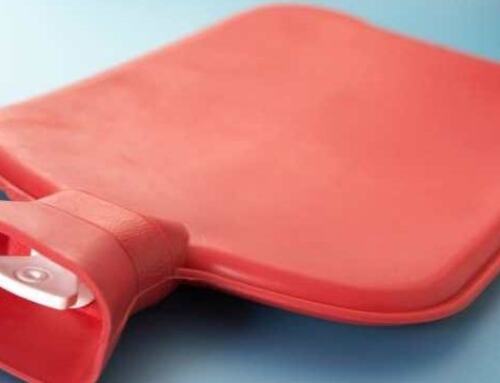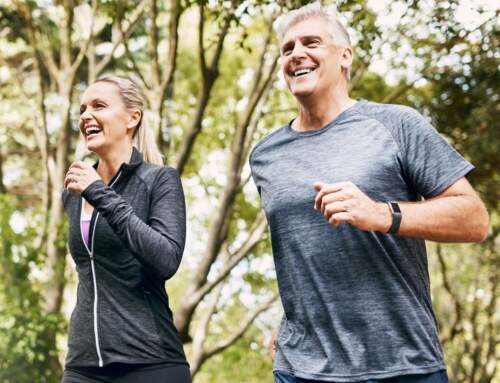Tips To Stay Fit After 60If you’re 60 or older, you’ve probably grown up with the idea that the transition from middle age into “senior citizen” status means slowing down. “Take it easy–you’re not as young as you used to be.” How many times have you heard that advice? If you’re like me, you probably say it to yourself whenever your post-exercise aches and pains seem a little worse than usual. It certainly seems like a lot of middle-aged (and older) Americans have heeded this advice–and taken it too far, in many cases. Surveys show that only 32 percent of adults 65 and older follow a regular exercise plan, and for those aged 45-64, the number is even lower: 30 percent. It turns out that this is a prescription for trouble. We know now that the physical decline associated with aging is not simply the result of getting older. In many respects, it’s a product of becoming less active as we age. In other words, it’s not aging that forces us to take it easy, it’s taking it too easy that makes aging more debilitating than it needs to be. The human body is much better at repairing and maintaining itself when you keep it well conditioned through a program of regular physical activity, exercise, and good nutrition. This doesn’t change when you move into old age—in fact, the old adage “use it or lose it” is probably more true when you’re in your 60s and beyond than when you’re in your 40s. Slacking off on healthy habits (like regular exercise and good nutrition) is the primary factor in age-related problems like excessive muscle loss, deteriorating bone density, declines in strength and aerobic fitness, and increased difficulties with balance and flexibility. [Muscle strength for seniors] Now, don’t get me wrong here. I’m not trying to say that a 60-year-old who starts exercising and eating well can expect to go out and win athletic competitions against the 20-something crowd. And I’m not encouraging you to jump up off the couch and start training for the Boston Marathon if you haven’t run in 30 years. Wear and tear does have its effects. We aren’t designed to keep on going forever like the Energizer Bunny–40 may be the new 30, but 60 is never going to be the new 25. I am saying that, with a little bit of well-planned effort, you can make your “declining years” a lot less about declining, and more about staying functionally fit enough to do what you want to do and enjoy yourself in the process. Start Right Where You Are The Senior Functional Fitness Test Each of these assessments will measure the basic elements of functional fitness: strength, power, agility, endurance, balance, and flexibility. Research has demonstrated that a senior’s performance on these assessments is a reliable indicator of his or her risk for having (or developing) functional limitations that will negatively affect quality of life. If your scores fall in the “High Risk Zone” or below the average (see table below), beginning a program of regular exercise can help you reduce your risk. Note: You can do these tests yourself at home. Several require a partner to help you measure or record your results. You’ll also need a tape measure, a dumbbell or hand weight (five pounds for women, eight pounds for men), and a watch or clock with a second hand. If you can, arrange to do this assessment in a gym with a friend, a personal trainer or fitness professional. Estimating your results or diverging from the instructions could make your results invalid.
|
[…]







